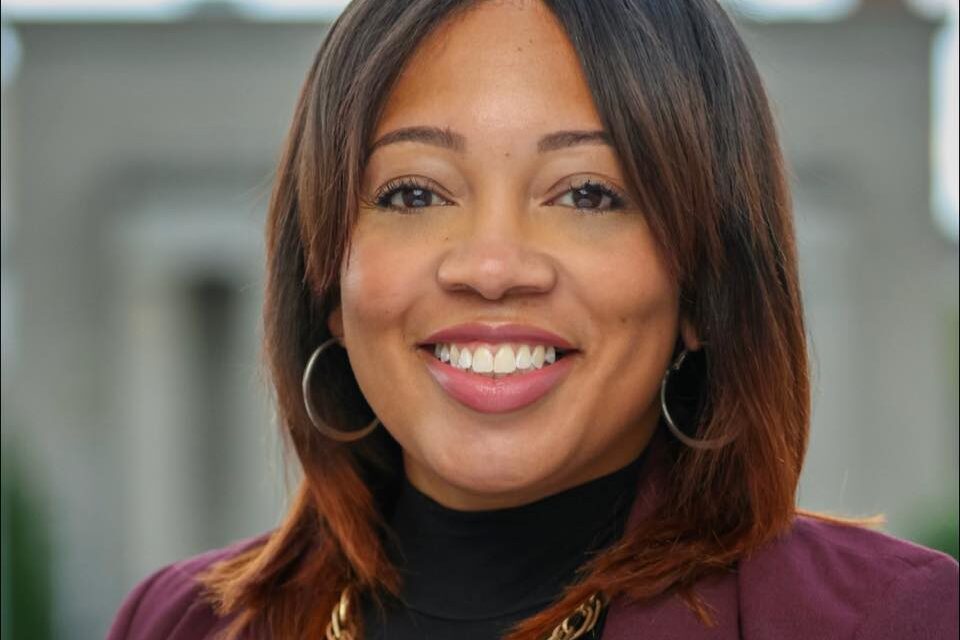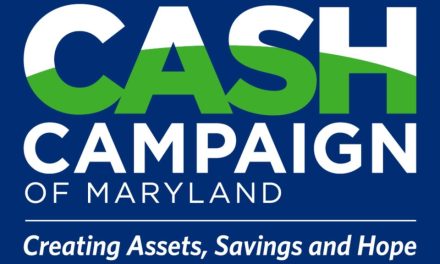By Phylicia Porter
For too long, the scourge of poverty has plagued communities across Maryland, leaving behind a trail of despair, inequality and missed opportunities. Decades of systemic neglect, exacerbated by racially exclusionary policies such as redlining, urban renewal, and mass incarceration, have entrenched poverty in certain neighborhoods, perpetuating a cycle of deprivation that stifles progress and opportunity in Baltimore City and other jurisdictions. But now, with the introduction of the ENOUGH Act, there is hope on the horizon—a beacon of proactive, community-driven change aimed at breaking the chains of generational poverty once and for all.
At the heart of the ENOUGH Act lies a recognition of the diverse and complex nature of poverty. It acknowledges that poverty manifests differently in each neighborhood, shaped by a unique interplay of historical injustices, economic disparities, and social determinants. By empowering communities to take charge of their own destinies, the ENOUGH initiative heralds a new era of grassroots collaboration, where local organizations, non-profits, and anchor institutions come together to craft tailored solutions that address the root causes of poverty head-on.
Take, for example, Baltimore City, a community scarred by the legacy of redlining and disinvestment. For decades, residents have borne the brunt of economic hardship, grappling with high crime rates, substandard housing, and limited access to quality education and employment opportunities. But with the ENOUGH Act, Baltimore—and communities like it across the state—now have the chance to rewrite their narrative, to break free from the shackles of poverty and build a brighter, more equitable future for generations to come. As a local legislator, it is important that efficient and seamless governance corrects the injustices that communities I serve see every single day.
Central to the success of the ENOUGH initiative is its commitment to targeted, neighborhood-based interventions. By focusing resources on communities with the greatest need, we can maximize impact and ensure that no one is left behind. Through investments in affordable housing, job training programs, healthcare services, and community development projects, we can create the conditions for sustainable growth and prosperity, lifting entire neighborhoods out of poverty and fostering a more inclusive, vibrant society for all.
But the ENOUGH Act is more than just a symbolic gesture—it is a bold statement of intent, backed by concrete action and tangible resources. With $15 million allocated in this year’s budget, the initiative signals a firm commitment from our administration to prioritize the fight against poverty and to support those who have been marginalized and neglected for far too long. But we cannot stop there. We must continue to advocate for additional funding and resources, to expand the reach of the ENOUGH initiative and ensure that all communities in Maryland have the support they need to thrive.
In the end, the ENOUGH Act is not just about ending poverty—it is about building a more just, equitable, and compassionate society. It is about recognizing the inherent dignity and worth of every individual, regardless of their socioeconomic status or zip code. It is about empowering communities to shape their own destinies and create a future where everyone has the opportunity to succeed. So let us come together, as one Maryland, and say “enough” to poverty once and for all.
The time for action is now.
The post All about the ENOUGH Act and how it will influence Baltimore appeared first on AFRO American Newspapers.











